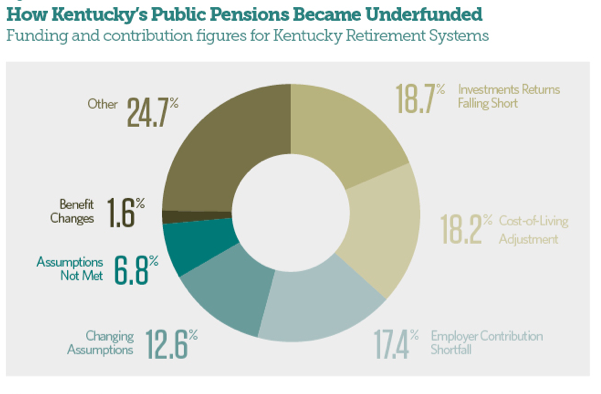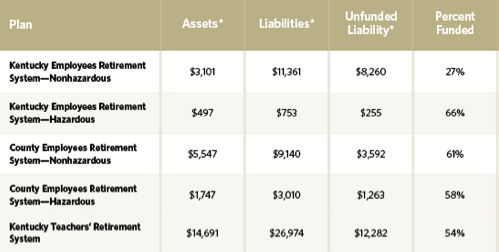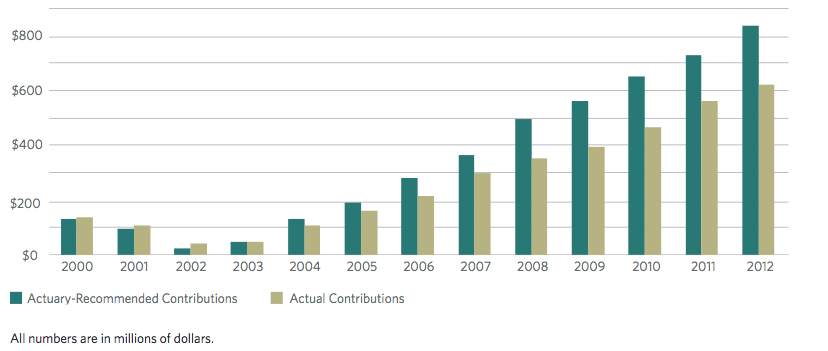CalSTRS has been one of the most active (and vocal) pension funds in the world this year when it comes to exploring the financial risk of climate change.
The fund announced last month it was joining forces with Mercer and a handful of other pension funds to study the market impact of climate change.
Now, CalSTRS has commented on a new report showing the “profound lack of preparedness” for climate change among the nation’s insurance companies.
The pension fund calls for institutional investors to be “more mindful of market exposures to environmental risks.”
From a CalSTRS release:
The Insurer Climate Risk Disclosure Survey Report & Scorecard: 2014 Findings & Recommendations was released today by Ceres, a nonprofit sustainability organization mobilizing business and investor leadership on climate change and other sustainability challenges, ranks property & casualty, health, and life & annuity insurers that represent about 87 percent of the total U.S. insurance market. Ceres found strong leadership on the issue in fewer than a dozen companies nationwide.
“Environmental, social and governance risks and issues such as climate change are very real for CalSTRS. This new report enables large institutional investors to be more mindful of market exposure to environmental risks through our insurance investments,” said CalSTRS Chief Executive Officer Jack Ehnes. “More importantly, the report gives us better perspective on how well, or not, insurance companies are responding to climate change risk.”
The report states, “… insurers are on the veritable ‘front line’ of climate change risks, and there is compelling evidence that those risks are growing. Rising sea levels and more pronounced extreme weather events will mean increasingly damaging storm surges and flooding. Hurricane Sandy alone resulted in over $29 billion in insured losses.”
“Meaningful change in the recognition of climate risk to the investment portfolio will come from an alignment of interests, and who better to take leadership this effort than the insurance industry,” added Ehnes. “The foundation of the insurance model is based on risk analysis, so ignoring the risk of climate changes seems most imprudent. Clearly, more action on the part of the insurance sector is needed.”
Last month, CalSTRS announced plans to double down on its clean energy investments.












